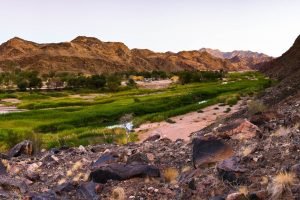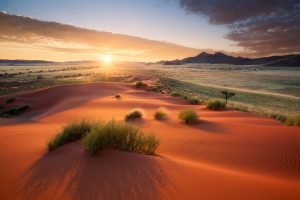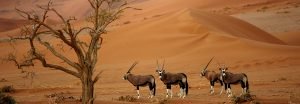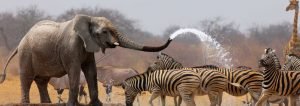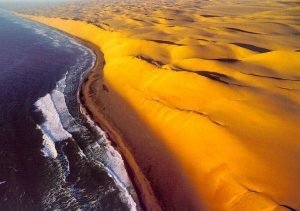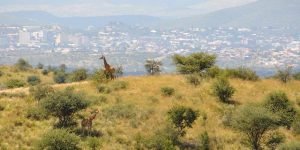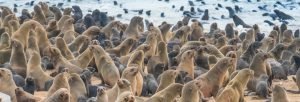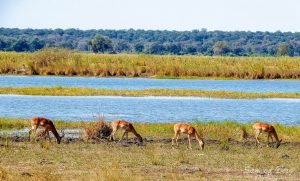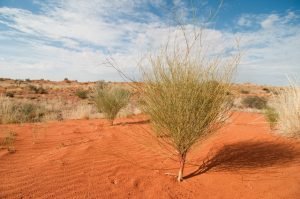
Mudumu National Park
Mudumu National Park, one of Namibia’s least-known parks, is richly rewarding for adventurous visitors. The main attraction is the riverine habitat of the Kwando River, while inland the Mudumu Mulapo fossilised river course and the dense mopane woodland shelter woodland species. There is no formal entrance gate or park fence – the park is separated
from neighbouring communal farmland by a graded cutline.
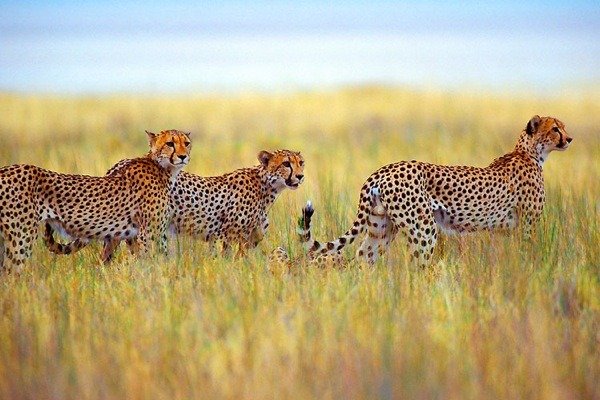
Mudumu is home to a large elephant population. The park acts as a corridor for these pachyderms as they migrate between Botswana, Zambia, Angola and Zimbabwe.
In recent years, Mudumu has become the model for cooperation between parks and neighbours. The parks, conservancies, community forests and traditional leaders work together on law enforcement, fire management (early burning), game monitoring and translocations. This evolved from the need to manage common resources across unfenced park and conservancy boundaries.
Park size 1 010 km² (737 on cutline)
Proclamation Mudumu National Park in 1990 Natural features Kwando River floodplain and associated grasslands, and riparian woodlands. The area is completely flat.
Vegetation Tree and Shrub Savannah Biome. Vegetation type: North-eastern Kalahari Woodlands, Riverine Woodlands and Islands, Caprivi Mopane Woodland and Caprivi Floodplains. Mopane (Colophospermum mopane), leadwood (Combretum imberbe) and mangosteen (Garcinia livingstonii) trees.
Wildlife Elephant, buffalo, lion, leopard, spotted hyaena, cheetah, African wild dog, hippo, crocodile, spotted-necked otter, sitatunga, red lechwe, common impala, Burchell’s zebra, sable antelope, eland, wildebeest and giraffe. Tiger fish and tilapia are common fish species. The 430 bird species recorded in Mudumu include African Fish-Eagle, African Skimmer and Western-banded Snake-Eagle. Tourism Walking, bird-watching, game viewing. Camping at Nakatwa Camp. Visitors must provide their own water, food and fuel. Two privately managed lodges within the park with luxurious accommodation. Located within a high-risk malaria area.
Precautions necessary. Note signs indicating 4×4 vehicles. Two vehicles recommended during rainy season. Permits obtainable at the MET offices in Windhoek, Katima Mulilo, Susuwe in Bwabwata National Park and Nakatwa in Mudumu National Park.
